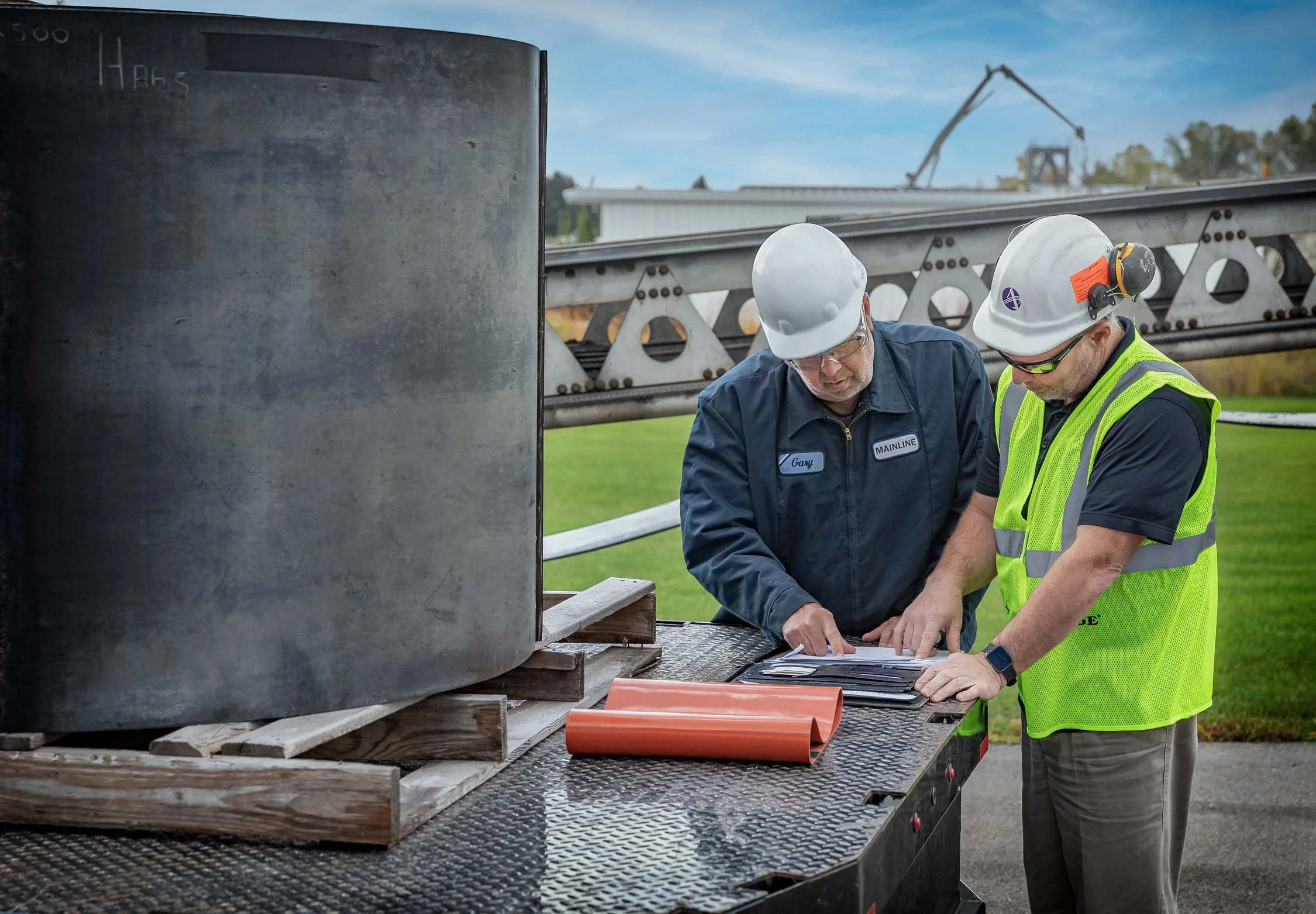Field crews are the backbone of many industries, from utilities to construction. Project budgets and schedules are directly impacted by their efficiency. However, certain common mistakes can slow down these teams, causing delays and frustration. Understanding and addressing these pitfalls can lead to smoother operations and better results.
One major area for improving field operations is ensuring crews have the right tools and processes. Simple issues like poor communication or outdated scheduling can add unnecessary time to daily tasks. Identifying common obstacles early on helps streamline workflows and boost overall productivity.
1. Poor Communication Channels
Clear communication is essential for field crews to perform effectively. When teams lack proper communication tools, misunderstandings arise. This can lead to incorrect task execution, repeated work, or delays. Using outdated methods such as paper logs or relying solely on phone calls can cause critical information to be lost or misinterpreted.
Modernizing communication improves collaboration between the office and the field. Instant updates and quick feedback loops keep everyone on the same page. This enhances accuracy and ensures tasks are completed promptly.
2. Inappropriate Training and Preparation
Field crews often face complex tasks that require specific knowledge and skills. Skimping on training can result in errors, slow progress, and even safety hazards. Well-prepared teams are confident and efficient, reducing downtime and mistakes.
Regular training sessions and hands-on workshops help crews stay sharp and ready. Proper preparation before heading into the field, including reviewing job requirements and checking equipment, also contributes to smoother workflows.
3. Overlooking the Role of GIS Software
Geographic Information Systems (GIS) software plays a crucial role in managing field operations. It allows crews to visualize job sites, track assets, and plan routes more effectively. Ignoring this technology can leave crews navigating without accurate maps or essential location data.
GIS tools help teams reduce travel time, identify potential obstacles, and optimize resource allocation. They provide real-time data that field workers can access directly from mobile devices. Incorporating GIS software into daily operations enhances accuracy and productivity significantly.
4. Poor Equipment Maintenance
Field crews depend on their tools and machinery to complete tasks. Neglecting maintenance schedules often leads to breakdowns and unexpected repairs. This downtime disrupts the workday and can cause delays that ripple through entire projects.
Implementing a routine maintenance program ensures equipment stays reliable. Checking tools regularly before dispatch and having backup options available minimizes downtime. Well-maintained equipment supports steady progress and boosts crew morale.
5. Inefficient Scheduling and Dispatching
Scheduling field crews without considering job priorities, locations, or crew availability creates inefficiencies. Overloading teams or sending them to distant sites without proper routing wastes time and energy.
Effective scheduling should take multiple factors into account:
- Proximity of job sites
- Skill sets of available crews
- Urgency of tasks
- Equipment needed for each job
Using scheduling software that integrates with GIS data can improve route planning and task assignment. This reduces travel time and balances workload, allowing crews to focus on their work rather than logistics.
6. Lack of Real-Time Monitoring and Feedback
Without real-time tracking, it becomes difficult to monitor progress or respond to issues promptly. Delays or problems in the field may go unnoticed until reports come in much later. This lag prevents managers from making quick decisions that could save time and resources.
Tools that provide live updates on crew locations, task completion, and equipment status help managers stay informed. Immediate feedback allows adjustments to schedules or priorities, ensuring deadlines are met and resources are used efficiently.
Avoiding these six mistakes can significantly enhance the performance of field crews. Improving field operations starts with clear communication and proper training. Leveraging GIS software and maintaining equipment are vital steps as well.
Efficient scheduling and real-time monitoring round out the process, keeping crews productive and projects on track. By addressing these challenges, businesses can reduce delays and costs while boosting team satisfaction.


